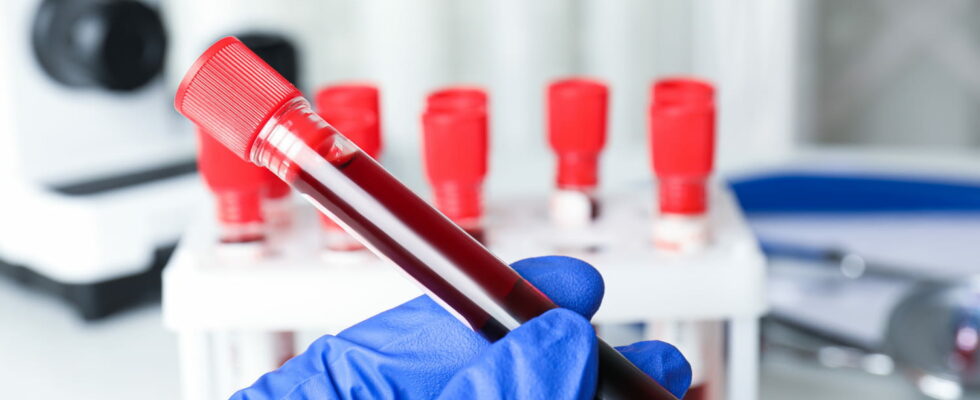These cancers continue to increase and are frightening. Each year, nearly 45,000 people in France – men and women – are diagnosed with blood cancer.
There is not ONE blood cancer, but MANY blood cancers. This family of cancers includes leukemias (chronic or acute), lymphomas, myelomas, or myeloproliferative neoplasms, which are rarer. These hematological cancers differ depending on the cells from which they develop, the symptoms and the prognosis for the patient.
“All these blood diseases continue to increase and are frightening. Every year, nearly 45,000 people in France – men and women – are diagnosed with blood cancer, or 12% of new cases of cancer. However, they are still very little known to the general public. This is why Septembre Rouge was created (information below, editor’s note) 3 years ago now to raise awareness about blood diseases. If they were detected early enough, they could be treated more easily and the prognosis would be better.Dr. Nathalie Chéron, head of the hematology department at Bligny Hospital Center, tells us straight away. Especially since these cancers can be detected thanks to more or less pronounced warning symptoms.“.
Symptoms will depend on the type of blood cancer. “For example, a large lymph node (or several) in the neck may suggest the start of lymphoma (Hodgkin’s disease or non-Hodgkin’s lymphoma). leukemiait is a little more annoying, because it can be revealed simply by sudden, intense and abnormal fatigue, which must lead to a blood test.“, indicates our interlocutor. Other signs can be suggestive of leukemia, such as a feeling of malaise due to anemia or the occurrence of hematomas. But also pallor or white conjunctiva due to anemia, or even difficulty concentrating.”For myelomathese are rather bone pains in the lumbar region (low back pain) which are resistant to classic analgesics“, continues the hematologist. Blood cancer can also result in very common warning symptoms such as weight loss or fever.
Faced with these symptoms, We should not immediately think of the worst. These signs are not very specific and can be the cause of other diseases. However, they should lead to consulting the attending physician to have a blood test.The blood test provides many clues (for example, a decrease in red blood cells, white blood cells, platelets, an increase in calcium, an abnormality in the blood such as an excess of lymphocytes, etc.), which allows us to advance in the diagnosis. Depending on the results, we will continue the testsdescribes Dr. Chéron. Significant therapeutic progress has been made over the last twenty years in hematology with the arrival of immunotherapy and treatment with Car-T cells.“
Like Pink October, which is dedicated to raising awareness of breast cancer, Red September is an event that highlights blood cancers, “diseases that are not talked about enough.” It has existed for 3 years at the national level and is being carried out for the first year at the Bligny Hospital Center and its hematology department, which is mobilizing to provide information on these cancers, their challenges and existing treatments. Throughout the month of September, professionals will lead information workshops on blood diseases, treatments, bone marrow and blood donations as well as the importance of physical activity and diet before, during and after treatments and will organize a blood drive and an 8 km walk.
